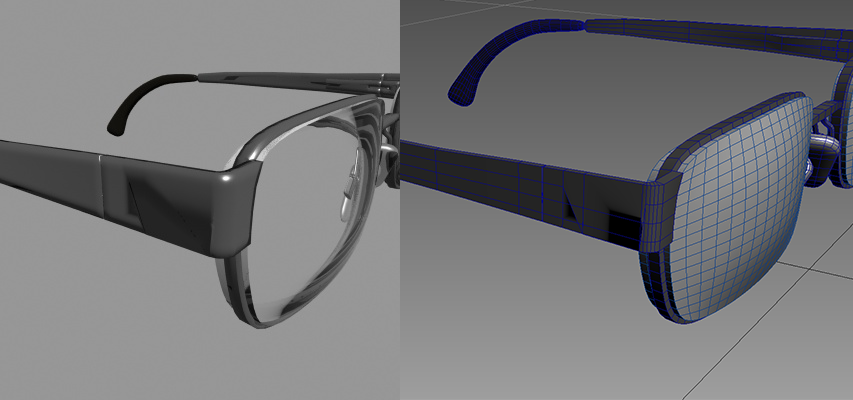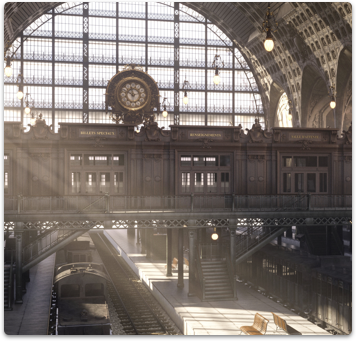In a 3D model, coincident or coplanar face is when two or more faces or polygons occupy the same space and represent the same surface. These types of faces cause rendering problems, particularly a distracting, flickering effect in animation renderings. When you import a CAD model into a 3D application or use face modeling techniques, coincident faces are often a result.

Coincident/coplanar faces can cause a problem when (a) the face normals of both faces point in the same direction and (b) only one of the faces is needed. Because the faces are in the same place, the renderer has trouble determining which one is “in front”. Thus, the renderer renders one face on one frame and the other face on the next frame. This causes flickering in animations.
Coincident faces are different from overlapping faces, where the faces of two adjacent objects or elements touch and are coincident with one another. An example of overlapping faces is legs under a tabletop. The top faces of the legs might be exactly coincident with the bottom face of the tabletop,but the face normals point in opposite directions. In this case, the overlapped area will not be visible in renderings. Unlike coincident faces, overlapping faces do not cause rendering issues.
The coincident faces phenomenon is also different from intersecting faces, where the faces of an object pass through another object’s faces at an angle. Such geometry causes no render problems.
For clean geometry, you should detect and fix any coincident/coplanar faces before publishing your model for sale.


 For CheckMate Pro (2.1.3), PixelSquid (2.2.3), and StemCell certification (1.5), your model may not have any coincident/coplanar faces.
For CheckMate Pro (2.1.3), PixelSquid (2.2.3), and StemCell certification (1.5), your model may not have any coincident/coplanar faces.





